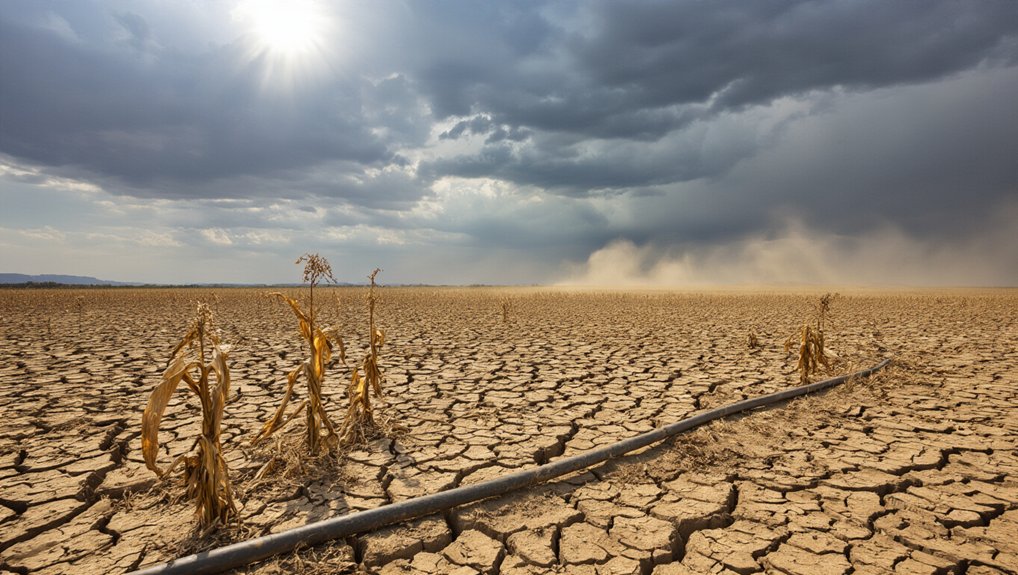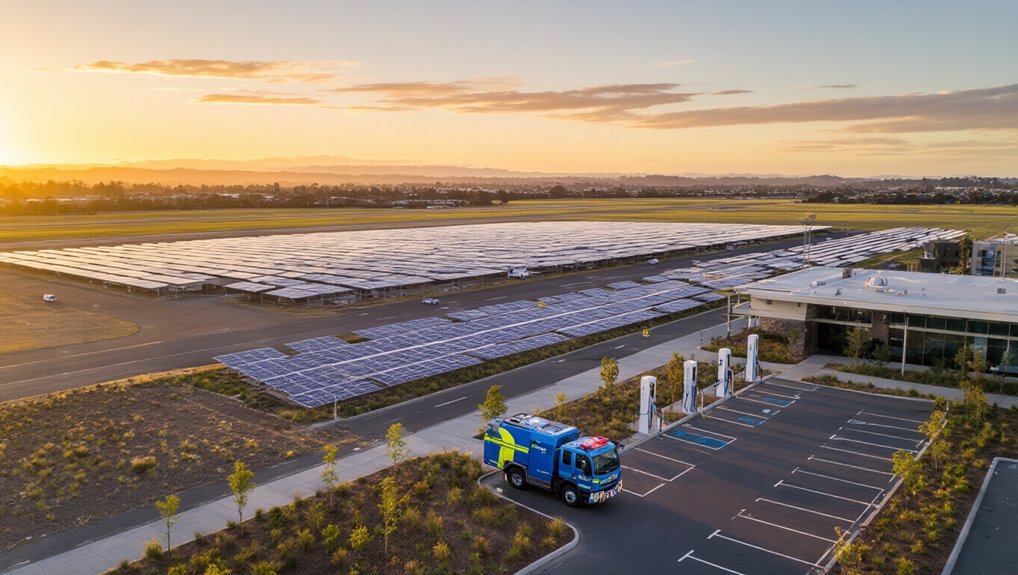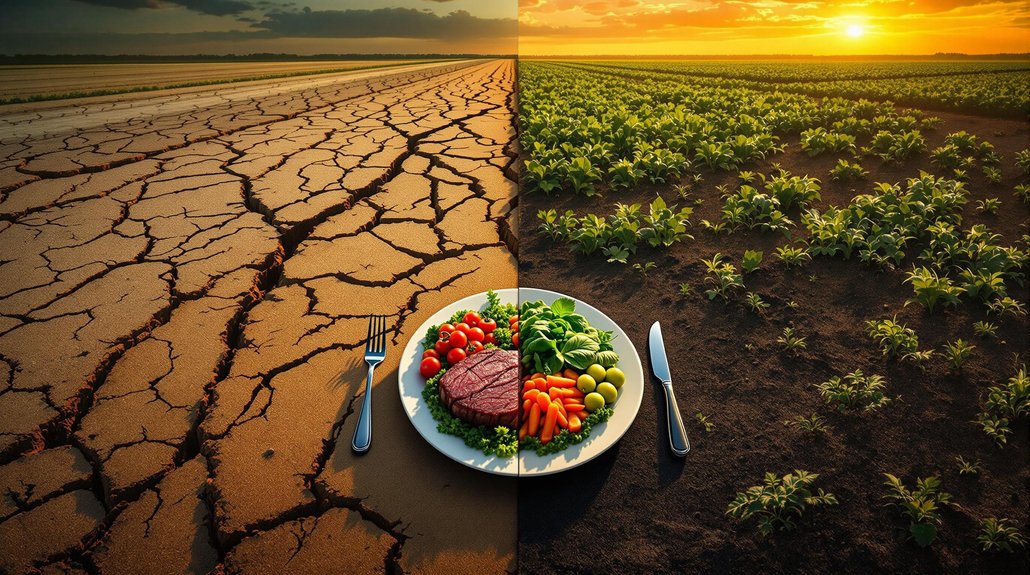The numbers are stark, unforgiving. Over 295 million people face acute hunger in 2024, marking the sixth consecutive annual increase. Not a typo—sixth. Meanwhile, 733 million people experience hunger daily. That’s one in eleven humans on this planet wondering where their next meal comes from while others debate which food delivery app offers better discounts.
Climate change isn’t helping. Droughts and extreme weather are decimating crops at an alarming rate, turning once-fertile fields into dustbowls. Traditional agriculture methods? Becoming about as useful as a chocolate teapot in many regions. The changing climate patterns aren’t just inconvenient—they’re deadly.
The geographic spread tells an even grimmer story. A whopping 95% of people in catastrophic conditions are concentrated in just two places: Gaza and Sudan. Must be nice for the rest of us, huh? One in five people in Africa goes hungry daily, while six countries—Burundi, Chad, Madagascar, Somalia, South Sudan, and Yemen—face “Alarming” hunger levels. Quite the understatement.
Let’s talk money. An astounding 2.8 billion people—35% of humans alive—simply cannot afford a healthy diet. In low-income countries, that number jumps to 71.5%. Wealth disparities make food crises even worse. Shocking, right? The rich stay fed, the poor stay hungry. Tale as old as time.
The response? Less than inspiring. Major donor governments are cutting aid budgets while global military spending hit a record $2.443 trillion in 2023. Guns over butter, indeed. Humanitarian aid often can’t reach those who need it most due to conflict and access restrictions. The majority of people facing acute food insecurity live in conflict-affected countries where violence disrupts food production and distribution channels.
What’s particularly disturbing is the weaponization of hunger. Food stockpiles sit inaccessible due to blockades. Sieges create critical shortages. Famine becomes an engineered weapon, violating international law.
And nine million people die annually from hunger-related causes while the world watches. The first famine since 2020 has been confirmed in Sudan, highlighting the escalating severity of the global food crisis. Half of all child deaths are linked to malnutrition. Not exactly humanity’s finest hour.
References
- https://www.fsinplatform.org/report/global-report-food-crises-2025/
- https://www.wfp.org/global-hunger-crisis
- https://concernusa.org/news/world-hunger-facts/
- https://www.unrefugees.org/news/acute-food-insecurity-and-malnutrition-rise-for-sixth-consecutive-year-in-world-s-most-fragile-regions-new-report/
- https://www.oxfam.org/en/press-releases/reaction-2025-global-report-food-crises-oxfam-warns-world-veering-course-starving









